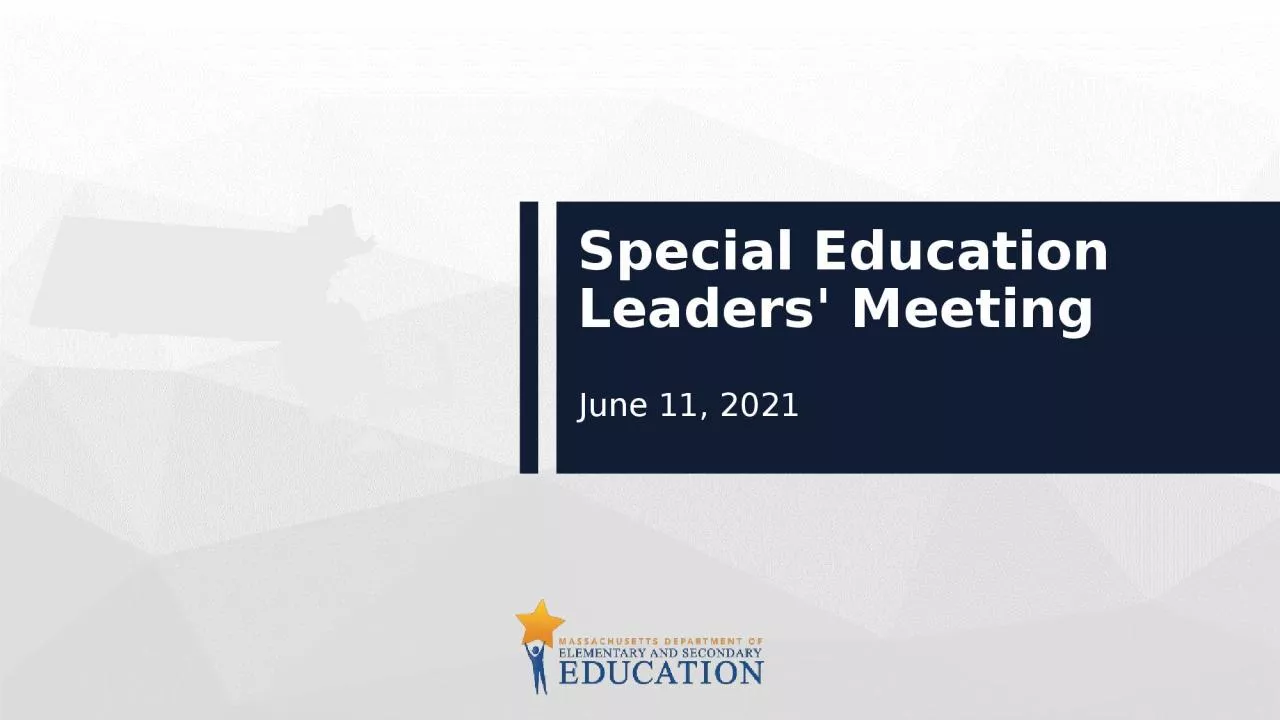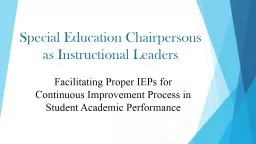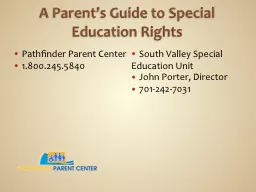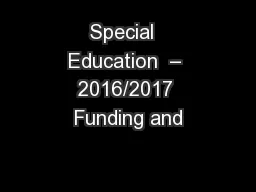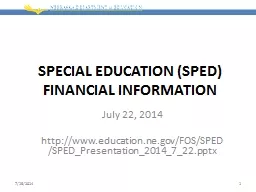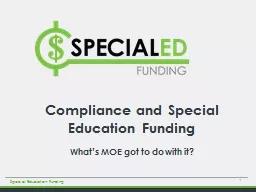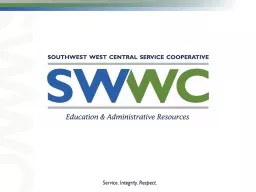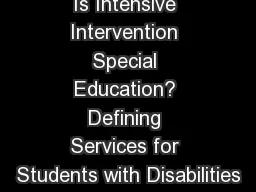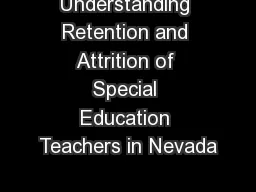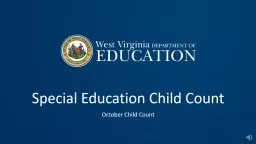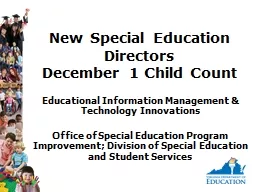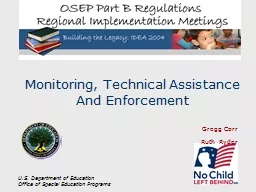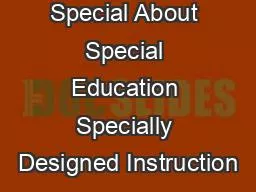PPT-Special Education Leaders' Meeting
Author : WannabeRockstar | Published Date : 2022-08-03
June 11 2021 CONTENTS 01 Welcome and Ignite 02 Recall 03 Chunk and Chew New Information 04 QampA 04 01 Welcome and Ignite Operate from confidence not from fear
Presentation Embed Code
Download Presentation
Download Presentation The PPT/PDF document "Special Education Leaders' Meeting" is the property of its rightful owner. Permission is granted to download and print the materials on this website for personal, non-commercial use only, and to display it on your personal computer provided you do not modify the materials and that you retain all copyright notices contained in the materials. By downloading content from our website, you accept the terms of this agreement.
Special Education Leaders' Meeting: Transcript
Download Rules Of Document
"Special Education Leaders' Meeting"The content belongs to its owner. You may download and print it for personal use, without modification, and keep all copyright notices. By downloading, you agree to these terms.
Related Documents

